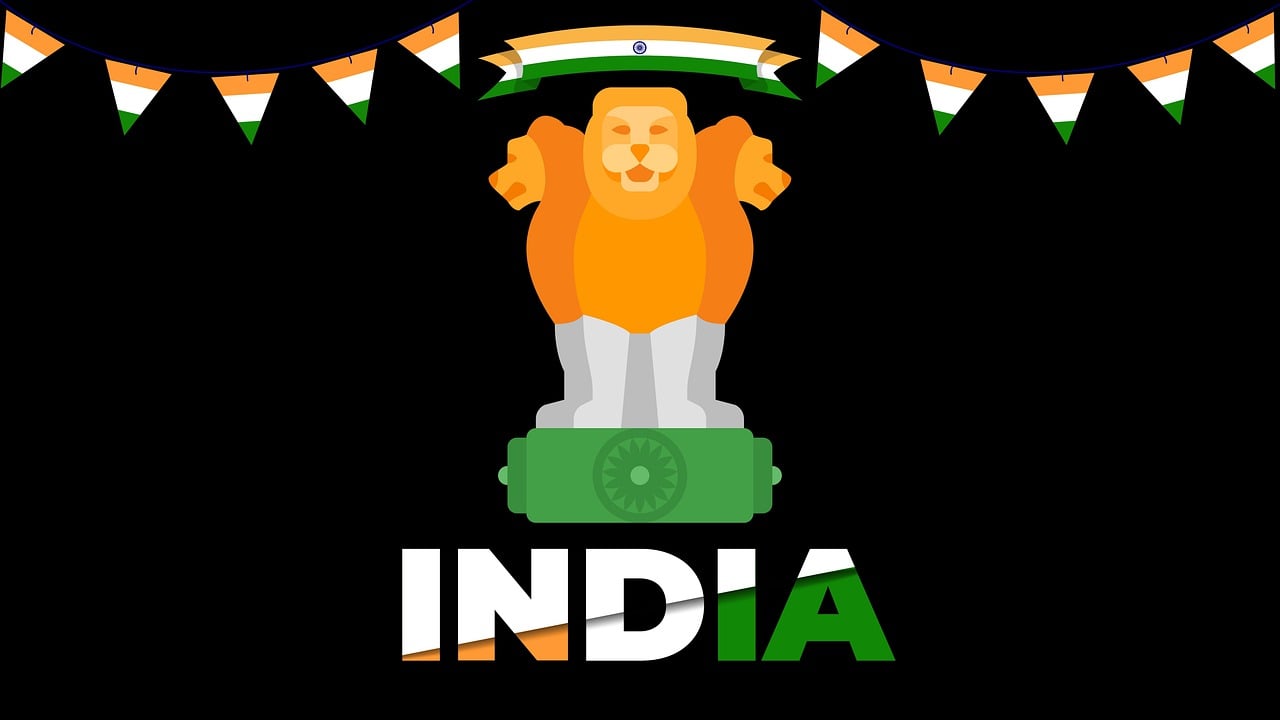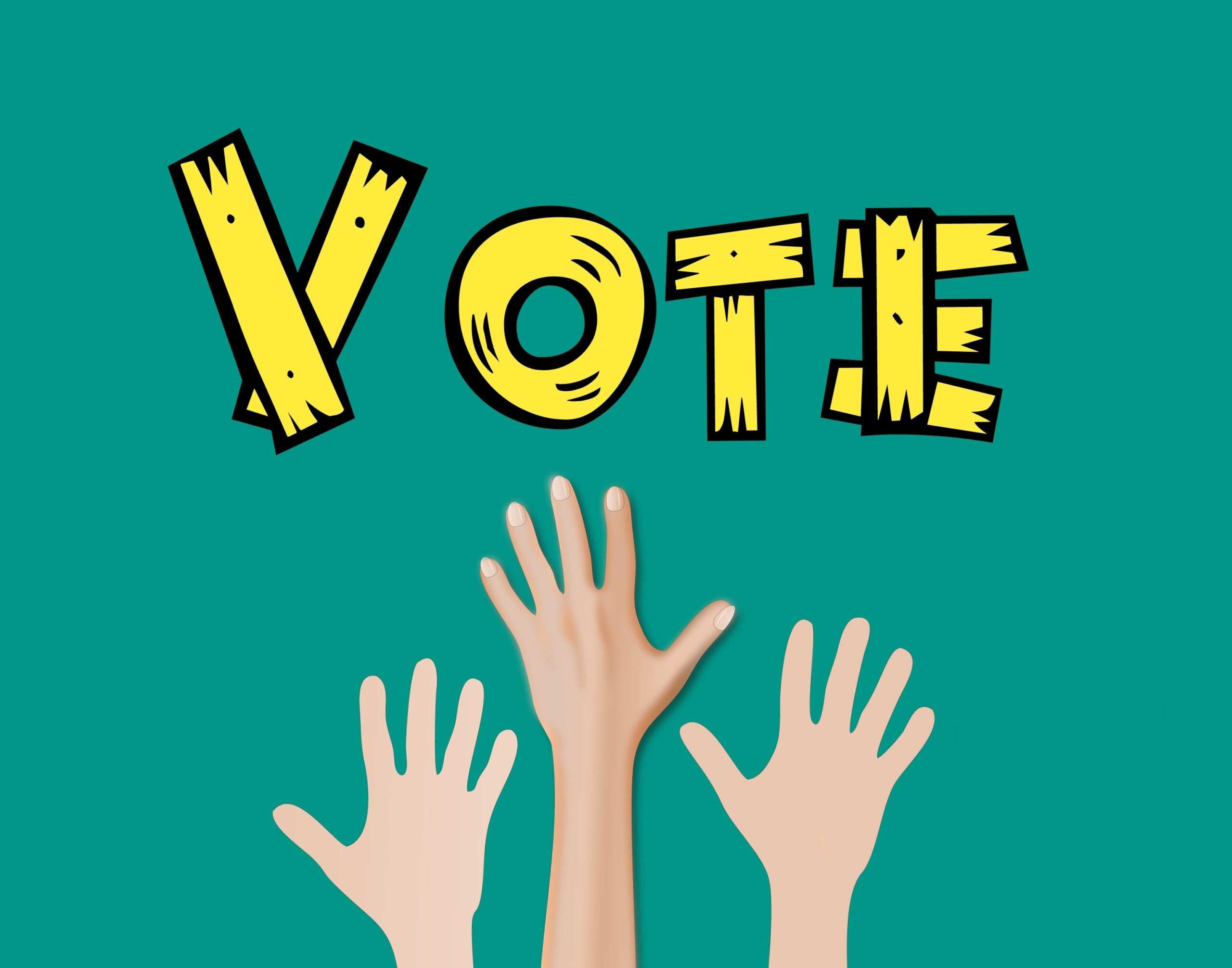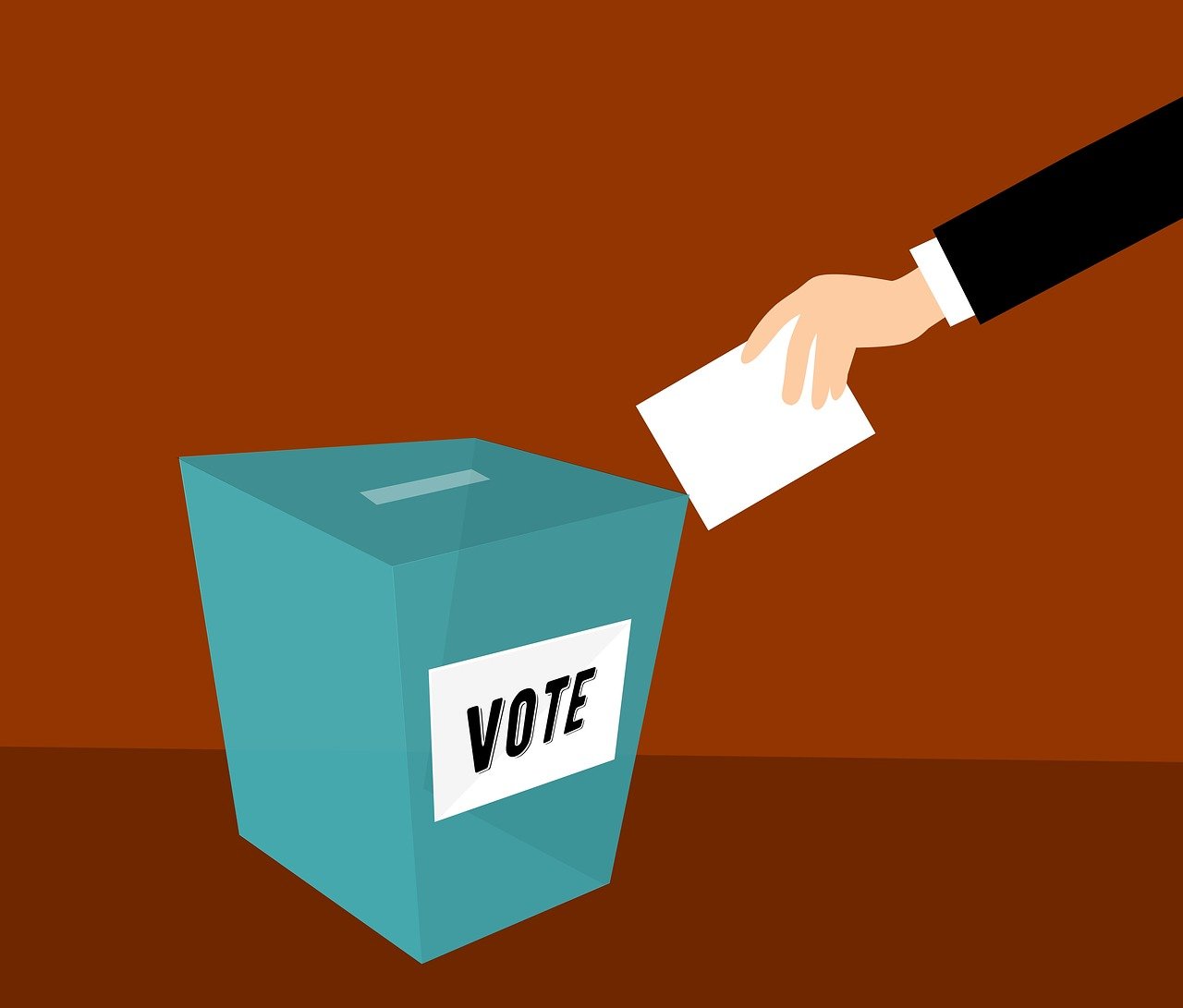One Nation-One Election in India, the planet’s most extensive democratic realm, housing over 900 million eligible voters and more than 2,000 political factions, confronts myriad quandaries when orchestrating unfettered and impartial elections. These encompass recurrent polls, exorbitant expenses, security quandaries, policy paralysis, and voter exhaustion. In response to these complications, the administration has broached the proposition of ‘One Nation, One Election,’ which seeks to synchronize Lok Sabha (the lower house of India’s Parliament) and all state assembly elections. This envisions the simultaneous holding of elections for both the central and state governments, either on a singular day or within a delimited time frame.
The notion of

One Nation-One Election is not novel in India’s annals. Historically, the nation experienced synchronized elections during the initial three general elections post-independence in 1951-52, 1957, and 1962. However, due to the discontinuance of certain state assemblies and Lok Sabha at distinct junctures, the continuum of synchronized elections fractured. Since then, India has grappled with recurrent elections at disparate echelons, invariably influencing the administration and the nation’s development trajectory.
Advocates of One Nation-One Election posit manifold benefits, including:
Mitigating election costs: According to a 2018 report by the Law Commission of India, synchronized elections could yield substantial fiscal savings by consolidating elections. The report appraised the Election Commission of India’s (ECI) expenditure for the 2014 Lok Sabha elections at Rs 3,870 crore, while the combined expenditure of recognized national and state parties totaled Rs 5,450 crore. The collective expenditure for separate state assembly elections from 2011 to 2015 tallied at Rs 4,637 crore. Ergo, synchronized elections would effectuate a noteworthy economization.
Amplifying governance efficacy: The recurrence of elections disrupts routine governmental functioning, with officials diverted to electoral responsibilities and the enforcement of the Model Code of Conduct (MCC). The MCC, a compendium of precepts issued by the ECI, governs the comportment of political entities and aspirants during elections. It prohibits the promulgation of fresh schemes or initiatives with the potential to sway voters. This, however, impedes the implementation of incumbent government policies and programs. Synchronized elections would engender stability, perpetual governance, and abate policy ambivalence.
Elevating voter participation: Simultaneous elections would augment voter involvement, rendering the electoral process more convenient. A 2017 study by the IDFC Institute indicated a 3-4% surge in voter turnout during concurrent national and state elections. This would bolster the representational facet and the legitimacy of elected administrations.
Mitigating politico-criminality and corruption: Synchronized elections would attenuate the influence of financial and coercive tactics in politics, constraining political factions and aspirants to curtail expenses and inducements. Additionally, it would discourage legislative desertions and unscrupulous dealings, as switching parties or undermining a government would entail fresh elections.
One Nation-One Election
confronts formidable obstacles and drawbacks, such as:
Constitutional amendments requisite: Implementing synchronized elections necessitates the revision of various clauses in India’s constitution, including Article 83 (Parliament’s tenure), Article 85 (Lok Sabha dissolution by the President), Article 172 (state legislature tenure), Article 174 (state assembly dissolution by the Governor), Article 356 (Presidential rule in states), and the Tenth Schedule (anti-defection law). These amendments mandate two-thirds majorities in both parliamentary chambers and endorsement by half the state legislatures. Achieving consensus amidst India’s diversity and the plethora of political parties poses a formidable endeavor.
Eroding federalism and regionalism: Simultaneous elections may impinge upon India’s federal configuration and regional aspirations, potentially eclipsing state concerns amid the election campaign. Regional factions might grapple to rival national entities in terms of resources and visibility. Voters may be predisposed to cast identical ballots at both levels, regardless of performance or agendas, potentially eroding the accountability and responsiveness of central and state regimes.
Impact on electoral choice and competition: Concurrent elections might constrict electoral diversity and competition, encouraging pre-poll affiliations to avert vote splitting. This could lead to a bipolarization or homogenization of the political panorama, inadequately mirroring the diversity of voter opinions. It could further engender situations where a losing party or coalition at the Lok Sabha level may struggle to construct or support a stable state government, or vice versa.
Operational and logistical conundrums: Simultaneous elections pose various pragmatic and logistical challenges, encompassing the supply and administration of electronic voting machines (EVMs), voter-verified paper audit trail (VVPAT) apparatus, security personnel, polling personnel, and transportation. The ECI would be tasked with guaranteeing a seamless voting process, averting any confusion or error, given that voters would need to cast two distinct ballots. Additionally, the ECI must contend with the possibility of reruns or by-elections in contingencies such as candidate demise or resignation, or court rulings.

In summation, ‘One Nation, One Election’ constitutes a multifaceted and contentious issue, characterized by both advantages and disadvantages. It necessitates a comprehensive and inclusive discourse among stakeholders, encompassing political parties, civil society, media, and the electorate. Realizing this concept mandates a consensus on constitutional, legal, and administrative reforms. While it may not serve as a panacea for India’s electoral conundrums, it may represent a stride toward elevating the caliber and efficiency of the nation’s democracy.
As for the arguments against one nation-one election they encompass:
- Requiring complex constitutional amendments to align Lok Sabha and state assembly tenures, is a formidable feat considering India’s political diversity1.
- Potentially undermining India’s federal structure and regional aspirations, as national issues may eclipse state concerns during campaigns. Regional parties may struggle to compete with national entities in terms of resources and visibility.
- Diminishing electoral diversity and competition, potentially leading to pre-poll alliances to avoid vote splitting, resulting in a bipolar or homogeneous political landscape45.
- Potentially affecting the accountability and responsiveness of both central and state governments, as they may not face periodic elections based on their performance or agenda. Voters may also tend to vote for the same party at both levels, regardless of their satisfaction or dissatisfaction.
- Posting operational and logistical challenges, including the procurement and management of electronic voting machines, security personnel, polling staff, and transportation. The Election Commission of India would need to ensure a seamless voting process, given that voters would have to cast two different ballots. The ECI would also have to address the possibility of reruns or by-elections in case of contingencies, such as candidate demise or resignation, or court rulings
- Cost Reduction: Synchronizing elections would significantly reduce the financial burden on the government and political parties. Presently, India conducts elections frequently, incurring substantial expenses for logistics, security, and campaign funding. By holding elections together, these costs can be substantially trimmed, freeing up resources for more critical developmental projects and initiatives.
- Efficiency and Governance: Frequent elections disrupt the regular functioning of the government. Officials are frequently diverted for election-related duties, and the Model Code of Conduct can stymie the implementation of essential policies and projects. Simultaneous elections would ensure that governance proceeds efficiently, preventing policy paralysis and allowing for continuous progress.
- Stability and Predictability: Synchronized elections would bring stability and predictability to the political landscape. Governments would not be in constant election mode, which can lead to ad hoc decision-making. Instead, they could focus on long-term planning and development, fostering a more stable political environment.
- Enhanced Voter Turnout: When elections are held concurrently, it becomes more convenient for voters to cast their ballots. This convenience can lead to higher voter participation rates, ultimately resulting in a more representative government that better reflects the will of the people.
- Reduced Influence of Money and Muscle Power: With simultaneous elections, political parties, and candidates would need to spend less on campaigning and influencing voters through unethical means. This would help curb the criminalization and corruption often associated with politics, fostering a cleaner and more transparent electoral process.
- In conclusion, the idea of One Nation-One Election is a multifaceted issue with both advantages and disadvantages. While it offers potential benefits such as cost reduction, improved governance, stability, higher voter turnout, and reduced political corruption, it also raises concerns about constitutional amendments, federalism, reduced electoral diversity, and logistical challenges.
The implementation of such a significant reform would require thorough deliberation, consensus-building, and careful consideration of its implications for India’s democratic system. It remains a topic that demands continued discussion and examination to determine its viability in the complex landscape of Indian politics.
Here are some frequently asked questions (FAQs) related to the concept of One Nation-One Election :
1. What is One Nation-One Election’?
- ‘One Nation, One Election’ is a proposal to synchronize the timing of elections for the Lok Sabha (India’s lower house of Parliament) and all state legislative assemblies. It aims to hold these elections simultaneously, either on a single day or within a specific timeframe.
2. Why is One Nation-One Election being considered?
- The proposal is being considered to address various issues associated with frequent elections, such as high costs, policy paralysis, security concerns, and voter fatigue. Synchronizing elections is seen as a way to streamline the electoral process and improve governance.
3. How would One Nation-One Election reduce costs?
- Holding elections together would reduce the overall expenditure incurred by the Election Commission of India (ECI) and political parties. This cost reduction comes from avoiding the expenses associated with separate polls and campaigns.
4. Does One Nation-One Election impact the federal structure of India?
- There are concerns that simultaneous elections may affect India’s federal structure, as national issues may overshadow state issues during campaigns. Regional parties may face challenges in competing with national parties in terms of resources and visibility.
5. Will One Natio-One Election affect the choice and competition among political parties?
- There is a possibility that synchronized elections could lead to pre-poll alliances among parties to avoid splitting votes. This may reduce the diversity of electoral choices and competition among parties and candidates.
6. How can simultaneous elections enhance voter turnout?
- When elections are held together, it becomes more convenient for voters to participate, as they only need to cast their votes once for both central and state governments. This convenience can lead to higher voter turnout.
7. Will One Nation-One Election eliminate corruption in politics?
- While it may reduce the influence of money and muscle power in politics, it may not completely eliminate corruption. However, it can discourage unethical practices such as vote-buying and bribing voters.
8. What are the constitutional challenges of implementing One Nation-One Election’?
- Implementing synchronized elections would require amending various provisions of the Indian Constitution. These amendments would need a two-thirds majority in both Houses of Parliament and ratification by half of the state legislatures, which is a complex and challenging process.
9. How can logistical challenges be addressed in simultaneous elections?
- Simultaneous elections pose logistical challenges, including the management of electronic voting machines (EVMs), security personnel, and transportation. The Election Commission of India (ECI) would need to ensure a smooth voting process and prepare for potential contingencies.
10. Is there a consensus on One Nation-One Election in India? – There is no unanimous consensus on the proposal. It remains a subject of debate and discussion among various stakeholders, including political parties, civil society, media, and the general public.
